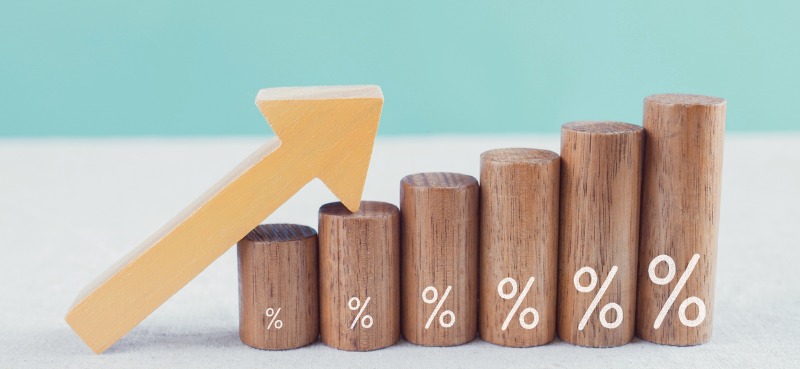It’s election season. That’s usually a very volatile period for the stock market.
I discussed how the markets react during election season last week… And I fully expect this year to be no different. In sum, expect some choppiness.
While volatility can be unsettling for many investors, there’s a way to limit your downside exposure to the market or a particular stock… while betting on the upside. It’s called a call option.
Option trading gets a bad rap. Many investors believe it to be too risky… But as you’ll see, that isn’t true. Options simply give an investor options!
If you’ve never bought (or sold) an option before, a call option contract is the easiest to understand, and it’s a great starting point.
Today, we’ll cover the basics of buying calls, along with an example that illustrates just how much money you can make from this strategy… in a short amount of time.
How a call option works
Before I get to the formal definition of a call option, it’s easiest to think of one as a down payment. If you want the right to buy something in the future (like a property), you usually must pledge some money for that right. Buying a call option works in a similar way.
A call option contract gives the holder (buyer) the right to purchase shares of a security at a specific price for a defined period of time. Short term options can be for a month or less. Longer-term contracts can have expirations out to a year or more.
This makes options very versatile to an investor. They’re actually one of the most powerful tools in my trading arsenal.
Keep in mind that buying a call option is a bullish trade. It means you believe a security is eventually headed higher. (Buying a put option is the opposite—a bearish trade. More on that in another essay…)
For call options on stocks, one contract represents 100 shares. So, if you don’t want to buy 100 shares of an expensive stock today, you can still gain exposure via a call option.
Let’s say a share of Acme co. is trading for $100. If you want to buy 100 shares, you’ll need to spend $10,000. But, buying a call option can give you that same exposure at a fraction of the cost. Buying a call option contract on Acme could mean spending $500… but that’s only 5% of the 10k outlay.
And there’s another reason investors love to buy call options: They have defined risks. Whatever you pay for a call option (called the “premium”) is the maximum amount you risk on the trade.
Imagine that—your risks are defined! That means you can sleep well at night knowing exactly what your downside is.
Here’s an example…
A call option trade on AAPL
Let’s say you’re bullish on Apple, Inc. (AAPL), but you’re worried about the market in general. You think Apple is likely to head higher over the next three months, but you want to limit your risk by purchasing a call option instead of buying shares outright.
Assume Apple is trading at $100 and it’s January 2. You decide to purchase one AAPL April 17 105 call option contract for $4.
That means you’re betting AAPL will be trading for at least $105 (the “strike” price) by April 17. Obviously, you’ll need AAPL to trade at $105 or higher before you see major gains.
Now, because each option contract represents 100 shares, the $4 premium will cost a total of $400 (100 X $4). This is the premium paid AND the max you can lose.
Normally, if you want to buy 100 shares of AAPL at $100, you’ll have to pony up $10,000. But, in this example you’re only responsible for 4% of that ($400). That’s a tiny amount, all things being equal.
But, let’s look at the trade-off for that limited down payment.
At expiration, if AAPL is below $105, you lose your $400. This is the rub with options—you can lose 100% of the premium spent.
Now, let’s look at the upside potential…
If AAPL has some good news and settles at $120 at expiration, the call option will be worth $15 ($120-$105). Now, we must subtract the $4 in premium that we spent. So, that leaves us with $11, or $1,100 on the trade. Not bad at all!
Turning $400 into $1,100 is a cool 175% return in about three and half months.
Obviously, this is a very basic illustration, but it shows you how lucrative buying call options can be.
If you’d like to gain a deeper understanding of how options work, read my free Essential Options Trading Guide.
And if you’re ready to take it to the next level, I have two options courses you can check out at Investopedia Academy.
In a later essay, I’ll talk about selling call options… and why they’re a fantastic way to earn extra income—especially in today’s zero-rate environment.
P.S. When you’re ready to start juicing your portfolio with option trades, I highly recommend letting my colleague Genia Turanova do the work for you. Her option trading advisory, Moneyflow Trader, consistently generates triple-digit gains from the market’s upside… and its downside.
Listen as Frank explains why Genia’s Moneyflow Trader strategy is the best way to capitalize on a volatile market.




















